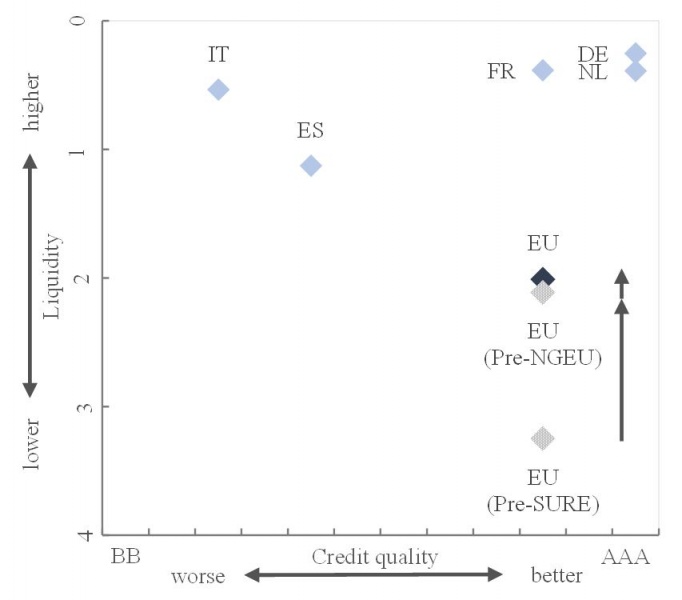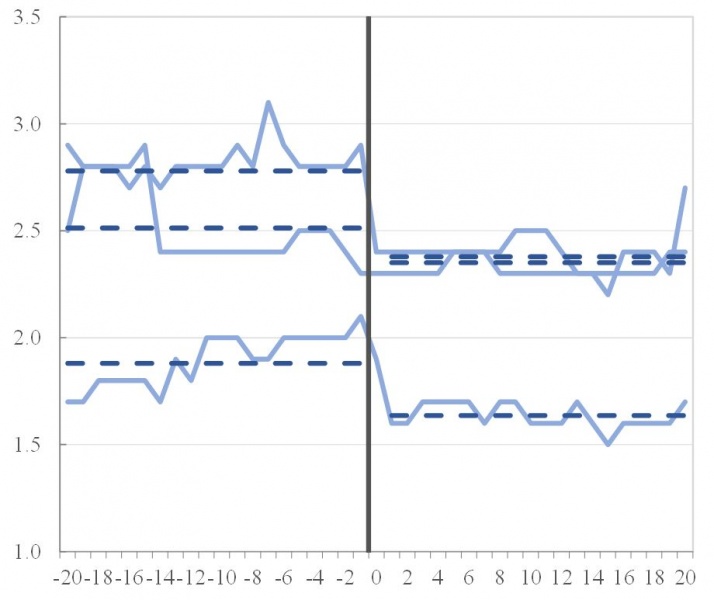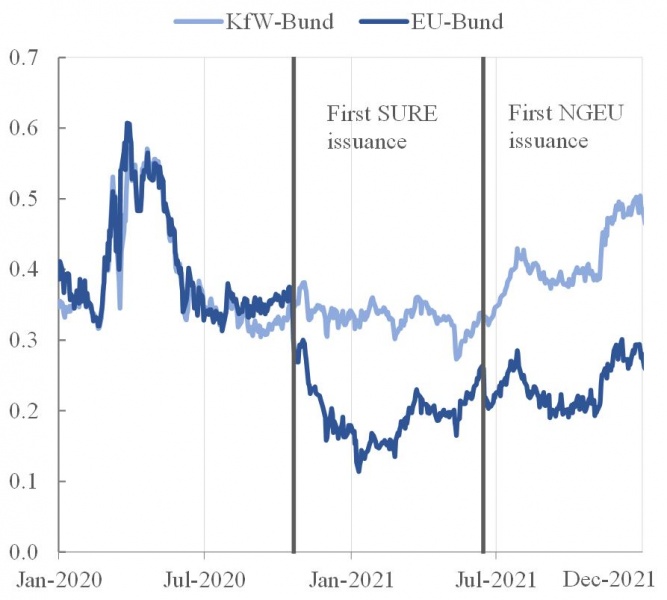Bernd Schwaab, PhD, is an economist at the European Central Bank’s Financial Research Division. His research focuses on financial economics, monetary economics, and time series econometrics. His research has been published in leading peer-reviewed journals, including the Journal of Financial Economics, the Journal of Monetary Economics, and the Journal of Econometrics. Bernd’s Ph.D. in Economics (2011) is from Tinbergen Institute and Vrije Universiteit Amsterdam.




